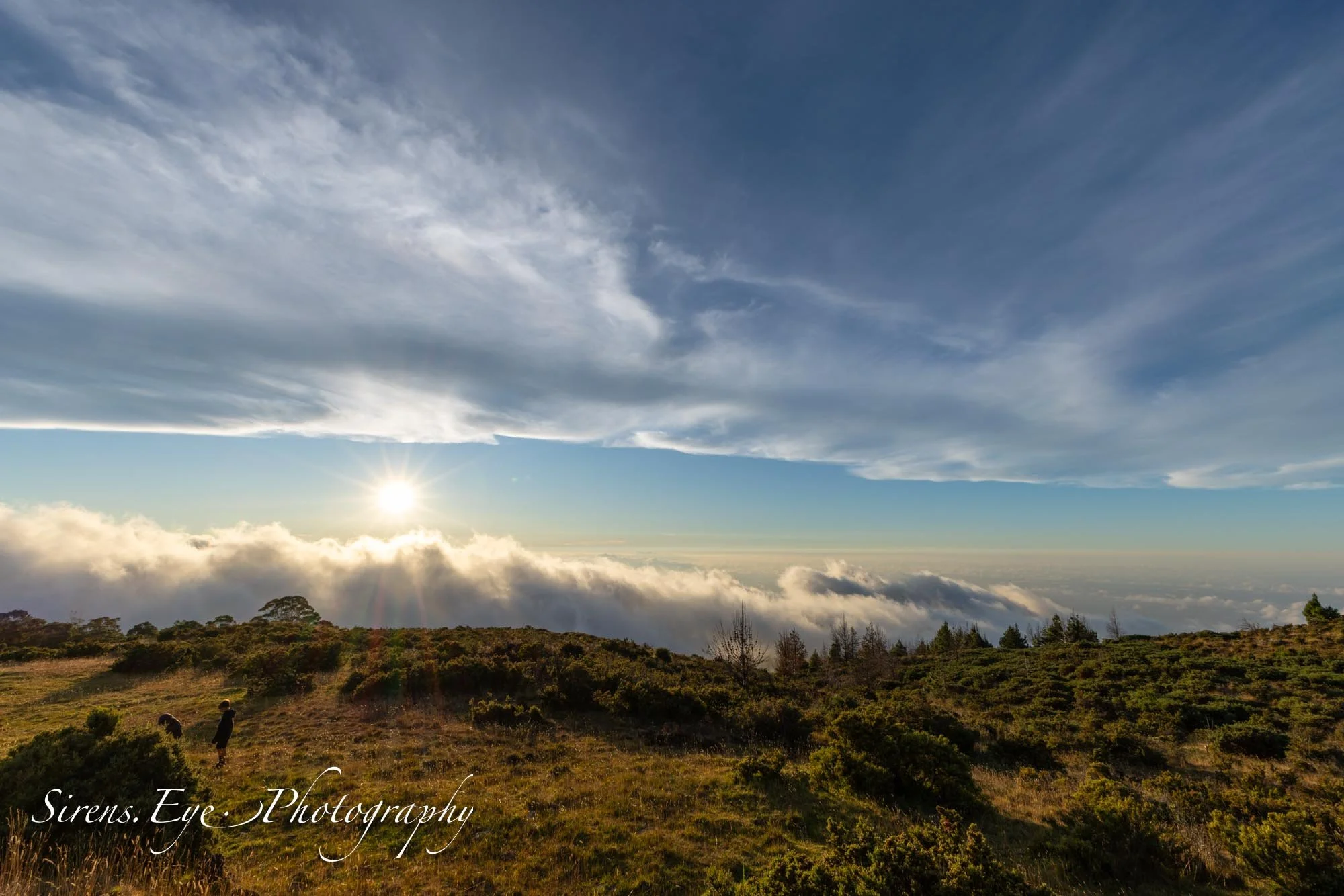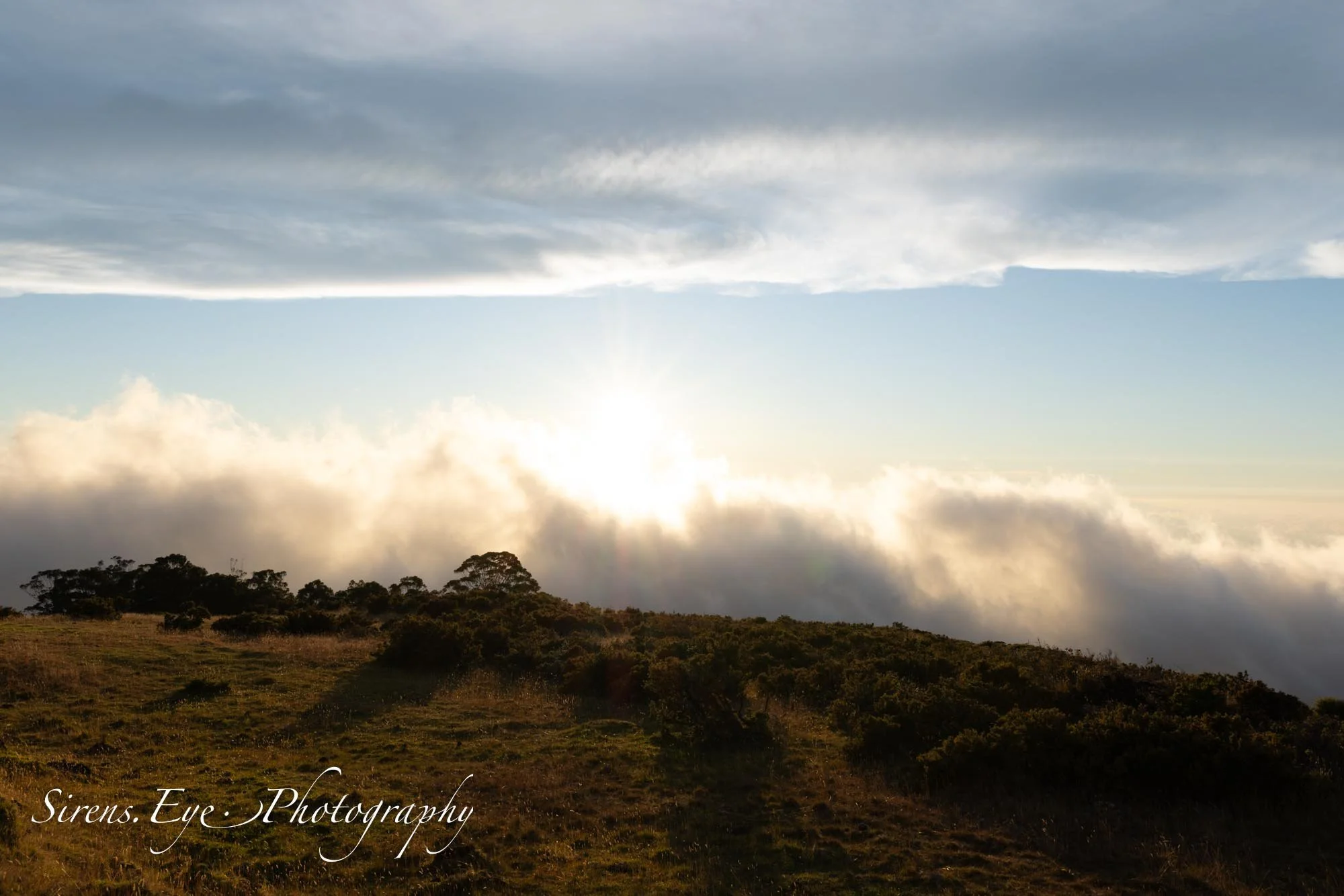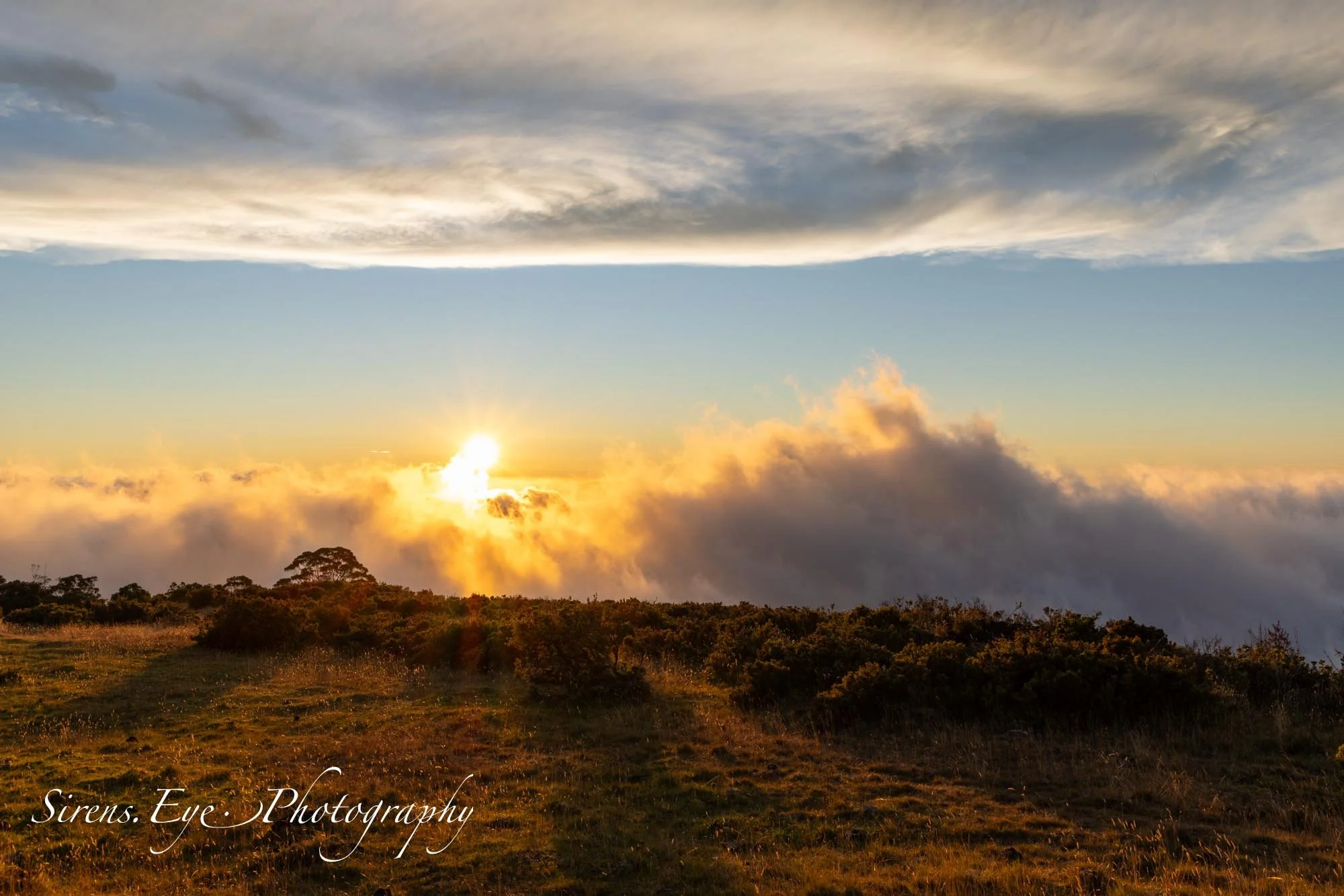One of the most awe inspiring experiences is night diving, or snorkeling with the majestic reef manta rays of Kona, Hawai’i. The low season between the Easter and Memorial Day gave us the opportunity to make a quick hop over to Hawai’i Island to experience this unique phenomenon. Kona is the only place in the world where manta rays swim nearshore during the evening hours attracted by bright lights gathering plankton and krill for them to eat.
Those of you who know me personally know I have mixed emotions about baiting animals for tourism. It’s very easy to overdo it and create unhealthy relationships between wildlife and people, but it also gives people the opportunity to view these creatures in the wild. One of the main concerns with feeding is that it will cause the animals to rely on human interaction for food or associate all humans and boats with food. Some conservationists and scientist point out areas that lack regulations when it comes to interacting with wildlife and you can often see hundreds of people crowding the animals and harassing them. On the other hand, many of these animals had been outright slaughtered before the local communities realized tourism and keeping the animals alive brought substantially more income. It’s important to find balance with wildlife tourism and incredibly important to do research prior to booking these tours and activities.
Being involved in the tourism industry for well over a decade, I knew that the manta ray tourism in Kona had boomed and caused concern among the local community wanting to ensure the protection and conservation of these animals. Even the tour operators did not want to see mass unregulation and watch the industry go the way of the whale sharks in the Philippines with hundreds of bodies all crowding and diving down to the animals. Collectively operators developed the Manta Tour Operators Standard, a voluntary protocol for all manta tours to follow. Some of these rules include strict no-touch, and no swimming policies. Even our guide told us that once we were settled in, that was our place for the entire dive, under no non-emergency circumstances were we to swim around or reach out to the mantas. Doing so would result in the automatic cancellation of the dive for all participants on our tour. While the standard is not a written law, the strict enforcement by guides and operators is adhered to as if it were already a legal standard. While this self regulation is an incredible step as a community and industry, the growth of new tour companies and operators may be what causes the experience to become oversaturated even with the standards in place.
All that being said, the guides we had from Big Island Divers were so passionate about inspiring connection to these magnificent animals. Our guide knew most of the manta rays by name, using their unique spot pattern on their stomach as the thumbprint to identify individual manta rays. They also shared a study from 2024 which showed the food consumed by the manta rays at the evening feeing site was only 0.1% of their daily food intake. The feeding is completely voluntary on the part of the mantas, and while rare sometimes no manta rays show up. The experience with Big Island Divers was incredibly positive and I did enjoy hearing how the tourism community allowed guests to contribute photos to help identify individuals and track long term behavioral patterns that are otherwise incredibly difficult to do. From my marine biologist perspective, this is the type of blend between regulation, passion, conservation, and enviornmental connection that helps inspire people to make changes and protect the environment. It is not perfect, but they are doing a great job of finding that balance between industry and long term protections.





































